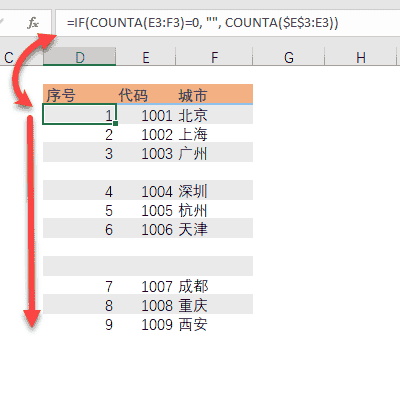返回
实现原理,JS 如何 模拟 call、apply、bind 方法?详细说明
前端
2024-02-12 06:36:43
正文
Call方法的模拟实现
模拟实现call方法,首先要理解call方法的作用。call方法允许您将一个函数应用到另一个对象上,并指定该函数的this值。这使得您可以使用一个对象的属性和方法来调用另一个对象的函数。
第一步:创建模拟call方法的函数
Function.prototype.myCall = function(context) {
// context参数是可选的,如果没有指定,则默认为window对象
context = context || window;
// 获取要调用的函数
const fn = this;
// 获取函数的参数
const args = Array.prototype.slice.call(arguments, 1);
// 将函数添加到context对象的属性中
context[fn.name] = fn;
// 调用函数
const result = context[fn.name](...args);
// 删除函数属性
delete context[fn.name];
// 返回函数的返回值
return result;
};
第二步:使用模拟call方法
const person = {
name: 'John Doe',
greet: function() {
console.log(`Hello, my name is ${this.name}`);
}
};
person.greet(); // Hello, my name is John Doe
const anotherPerson = {
name: 'Jane Smith'
};
person.greet.myCall(anotherPerson); // Hello, my name is Jane Smith
第三步:理解模拟call方法的实现原理
模拟call方法的实现原理是:
- 将函数添加到context对象的属性中。
- 调用函数。
- 删除函数属性。
这样就可以在另一个对象上调用函数,并指定该函数的this值。
第四步:使用rest参数和扩展运算符
在ES6中,可以使用rest参数和扩展运算符来简化模拟call方法的实现。
Function.prototype.myCall = function(context, ...args) {
// context参数是可选的,如果没有指定,则默认为window对象
context = context || window;
// 将函数添加到context对象的属性中
context[this.name] = this;
// 调用函数
const result = context[this.name](...args);
// 删除函数属性
delete context[this.name];
// 返回函数的返回值
return result;
};
使用rest参数和扩展运算符可以将函数的参数转换为数组,然后使用扩展运算符将数组作为函数的参数传入。
Apply方法的模拟实现
模拟实现apply方法,首先要理解apply方法的作用。apply方法与call方法非常相似,但apply方法的参数是数组。
Apply方法的实现原理
apply方法的实现原理与call方法的实现原理基本相同。
Function.prototype.myApply = function(context, args) {
// context参数是可选的,如果没有指定,则默认为window对象
context = context || window;
// 将函数添加到context对象的属性中
context[this.name] = this;
// 调用函数
const result = context[this.name](...args);
// 删除函数属性
delete context[this.name];
// 返回函数的返回值
return result;
};
Bind方法的模拟实现
模拟实现bind方法,首先要理解bind方法的作用。bind方法可以创建一个新的函数,该函数的this值被绑定到指定的上下文对象。
Bind方法的实现原理
bind方法的实现原理与call方法和apply方法的实现原理不同。bind方法不会立即调用函数,而是返回一个新的函数。
Function.prototype.myBind = function(context, ...args) {
// context参数是可选的,如果没有指定,则默认为window对象
context = context || window;
// 返回一个新的函数
return (...bindArgs) => {
// 将函数添加到context对象的属性中
context[this.name] = this;
// 调用函数
const result = context[this.name](...args, ...bindArgs);
// 删除函数属性
delete context[this.name];
// 返回函数的返回值
return result;
};
};
总结
call、apply和bind方法是JavaScript中非常有用的方法。这些方法可以用来改变函数的调用上下文,使函数在不同的对象上运行。
模拟实现这些方法可以帮助我们更好地理解这些方法的原理和用法。




